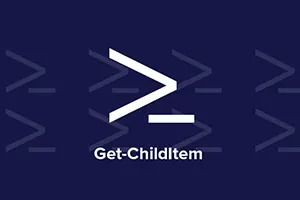Create New Users in AD via New-ADUser Cmdlet
Imagine that you work in a large organization, for instance, a large school system with hundreds of branches, or a multinational firm where new employees are hired every day. You get a list of new users to create in Active Directory every day; sometimes less than 10 and sometimes more than 100. Typically, like most…










